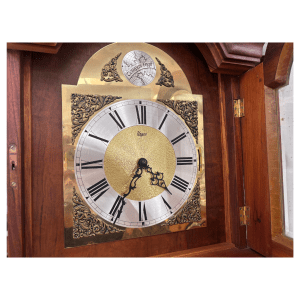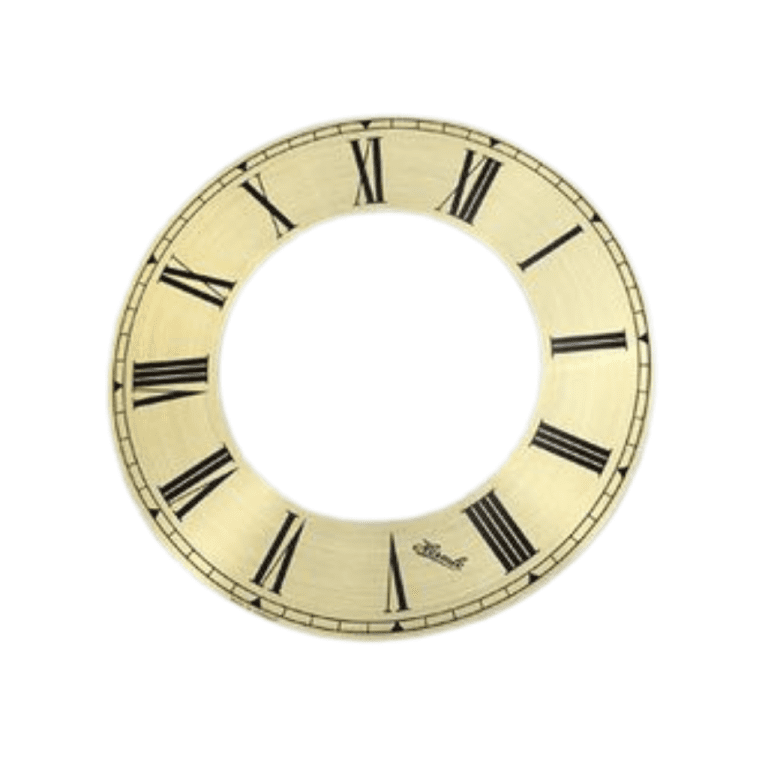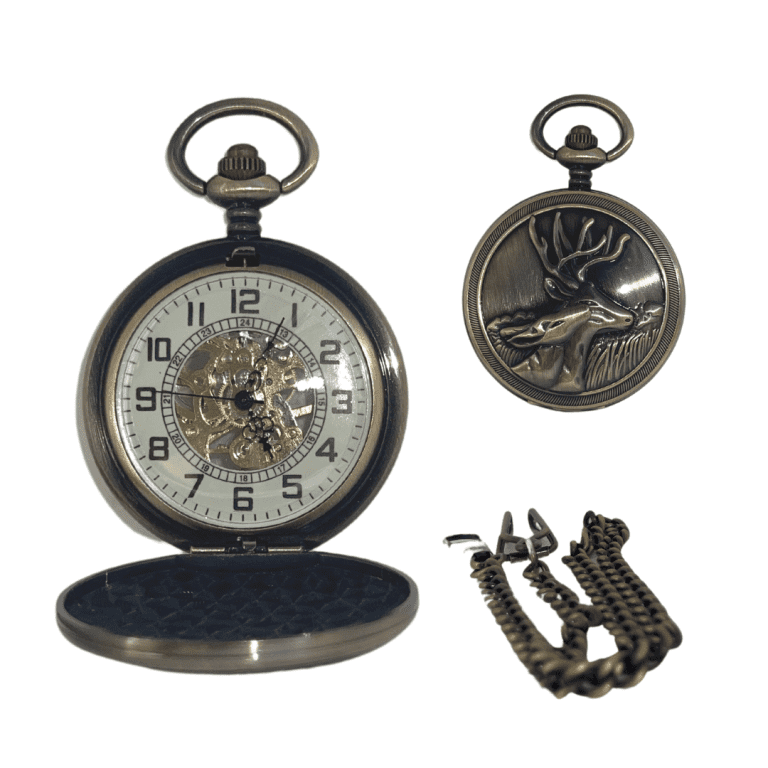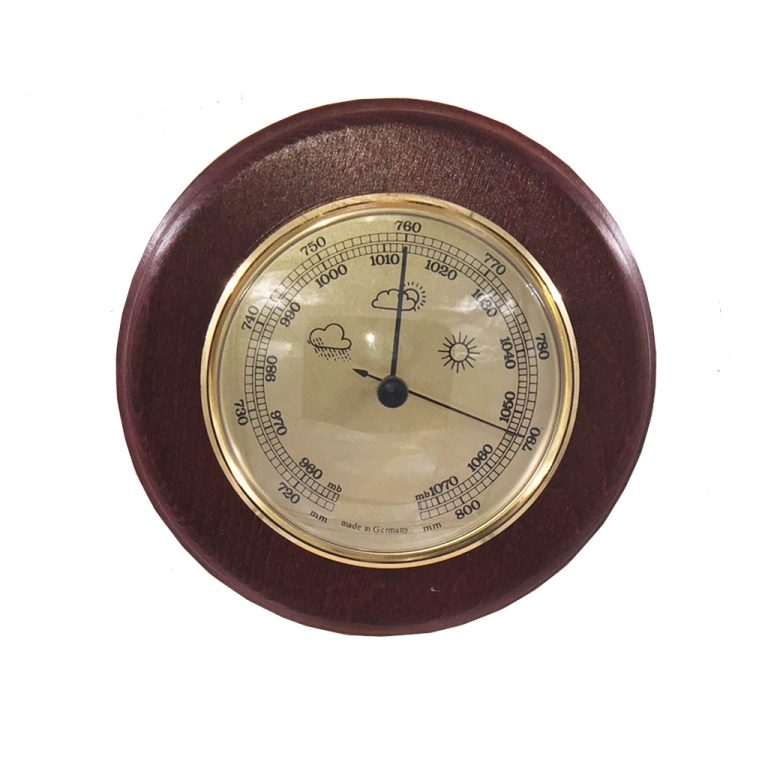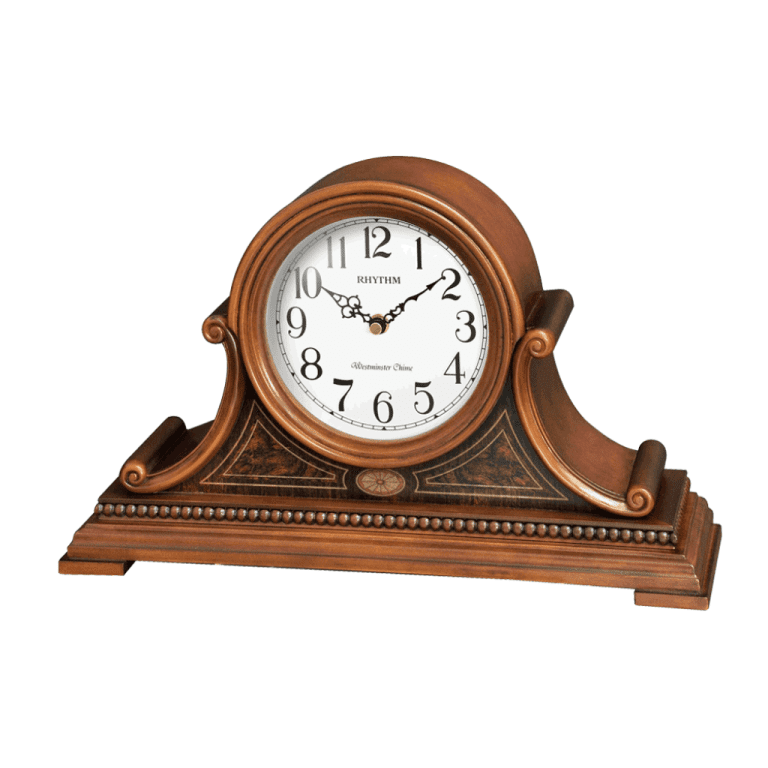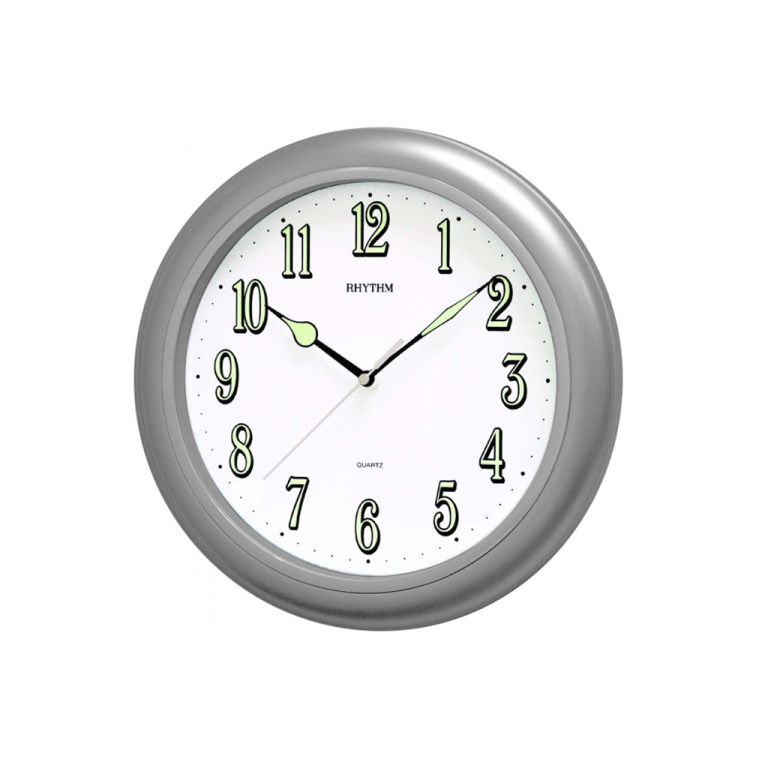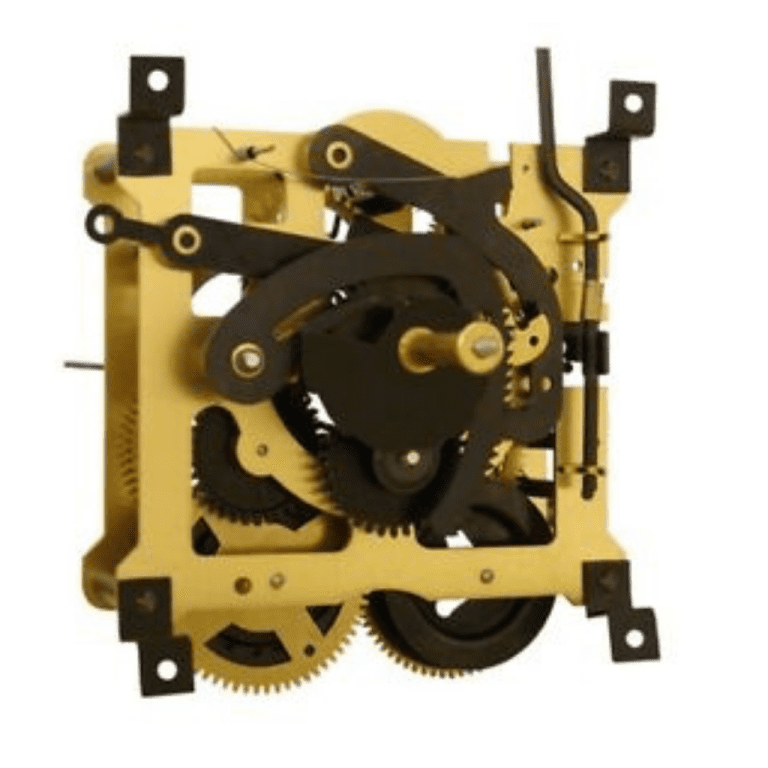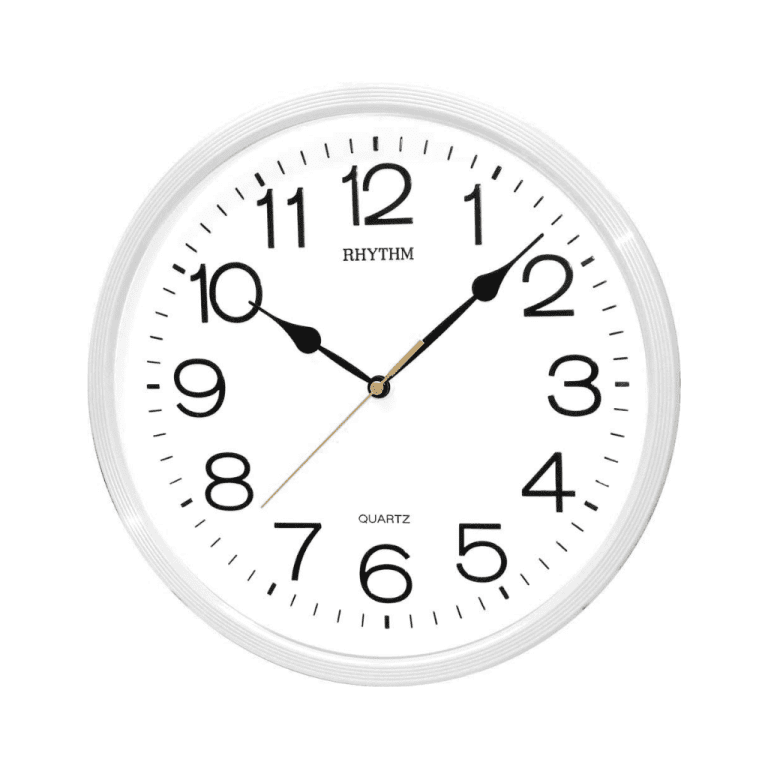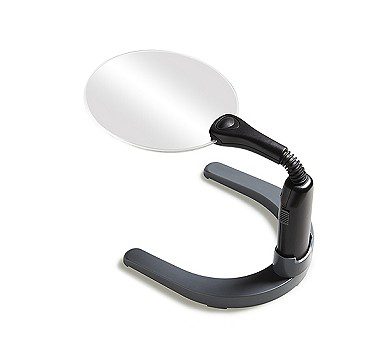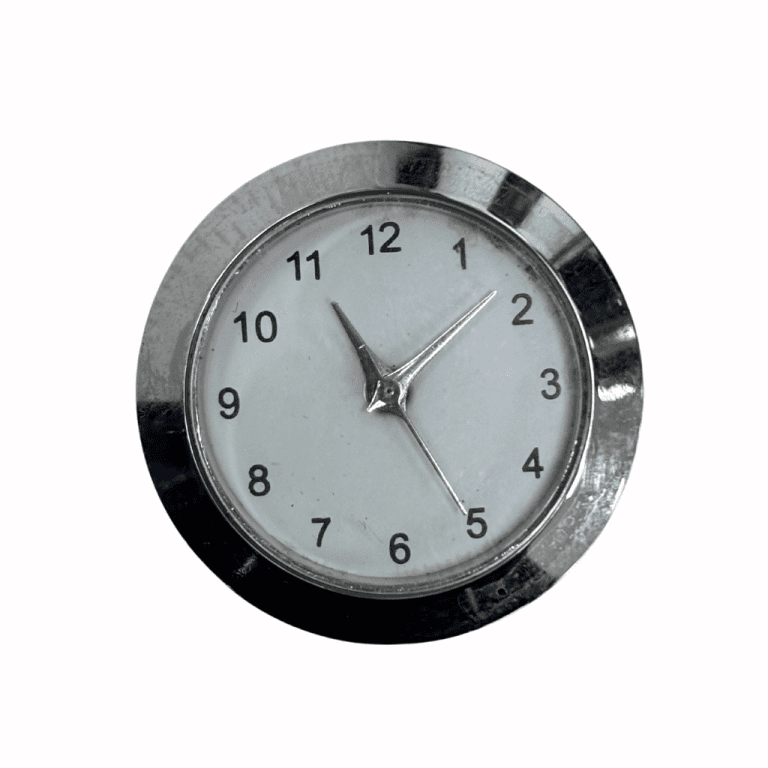A barometer is a tool used to measure atmospheric pressure, also called barometric pressure
A barometer is a scientific instrument used to measure atmospheric pressure, also called barometric pressure. The atmosphere is the layers of air wrapped around Earth. That air has a weight and presses against everything it touches as gravity pulls it to Earth. Barometers measure this pressure.
Atmospheric pressure is an indicator of weather. Changes in the atmosphere, including changes in air pressure, affect the weather. Meteorologists use barometers to predict short-term changes in the weather.
A rapid drop in atmospheric pressure means that a low-pressure system is arriving. Low pressure means that there isn’t enough force, or pressure, to push clouds or storms away. Low-pressure systems are associated with cloudy, rainy, or windy weather. A rapid increase in atmospheric pressure pushes that cloudy and rainy weather out, clearing the skies and bringing in cool, dry air.
A barometer measures atmospheric pressure in units of measurement called atmospheres or bars. An atmosphere (atm) is a unit of measurement equal to the average air pressure at sea level at a temperature of 15 degrees Celsius (59 degrees Fahrenheit).
The number of atmospheres drops as altitude increases because the density of air is lower and exerts less pressure. As altitude decreases, the density of air increases, as does the number of atmospheres. Barometers have to be adjusted for changes in altitude in order to make accurate atmospheric pressure readings.
Types of Barometers
Mercury Barometer
The mercury barometer is the oldest type of barometer, invented by the Italian physicist Evangelista Torricelli in 1643. Torricelli conducted his first barometric experiments using a tube of water. Water is relatively light in weight, so a very tall tube with a large amount of water had to be used in order to compensate for the heavier weight of atmospheric pressure.
Torricelli’s water barometer was more than 10 meters (35 feet) in height, which rose above the roof of his home! This odd device caused suspicion among Torricelli’s neighbors, who thought he was involved in witchcraft. In order to keep his experiments more secretive, Torricelli deduced that he could create a much smaller barometer using mercury, a silvery liquid that weighs 14 times as much as water.
A mercury barometer has a glass tube that is closed at the top and open at the bottom. At the bottom of the tube is a pool of mercury. The mercury sits in a circular, shallow dish surrounding the tube. The mercury in the tube will adjust itself to match the atmospheric pressure above the dish. As the pressure increases, it forces the mercury up the tube. The tube is marked with a series of measurements that track the number of atmospheres or bars. Observers can tell what the air pressure is by looking at where the mercury stops in the barometer.
Aneroid Barometer
In 1844, the French scientist Lucien Vidi invented the aneroid barometer. An aneroid barometer has a sealed metal chamber that expands and contracts, depending on the atmospheric pressure around it. Mechanical tools measure how much the chamber expands or contracts. These measurements are aligned with atmospheres or bars.
The aneroid barometer has a circular display that indicates the present number of atmospheres, much like a clock. One hand moves clockwise or counterclockwise to point to the current number of atmospheres. The terms stormy, rain, change, fair, and dry are often written above the numbers on the dial face to make it easier for people to interpret the weather. Aneroid barometers slowly replaced mercury barometers because they were easier to use, cheaper to buy, and easier to transport since they had no liquid that could spill.
Some aneroid barometers use a mechanical tool to track the changes in atmospheric pressure over a period of time. These aneroid barometers are called barographs. Barographs are barometers connected to needles that make marks on a roll of adjacent graph paper. The barograph records the number of atmospheres on the vertical axis and units of time on the horizontal. A barograph’s tracking tool will rotate, usually once every day, week, or month. The spikes in the graph show when air pressure was high or low, and how long those pressure systems lasted. A severe storm, for instance, would appear as a deep, wide dip on a barograph.
Digital Barometers
Today’s digital barometers measure and display complex atmospheric data more accurately and quickly than ever before. Many digital barometers display both current barometric readings and previous one-, three-, six-, and 12-hour readings in a bar chart format, much like a barograph. They also account for other atmospheric readings such as wind and humidity to make accurate weather forecasts. This data is archived and stored on the barometer and can also be downloaded onto a computer for further analysis. Digital barometers are used by meteorologists and other scientists who want up-to-date atmospheric readings when conducting experiments in the lab or out in the field.
The digital barometer is now an important tool in many of today’s smartphones. This type of digital barometer uses atmospheric pressure data to make accurate elevation readings. These readings help the smartphone’s GPS receiver pinpoint a location more accurately, greatly improving navigation.
Developers and researchers are also using the smartphone’s crowdsourcing capabilities to make more accurate weather forecasts. Apps like PressureNet automatically collect barometric measurements from each of its users, creating a vast network of atmospheric data. This data network makes it easier and faster to map out storms as they develop, especially in areas with few weather stations.
Credited to:education.nationalgeographic



